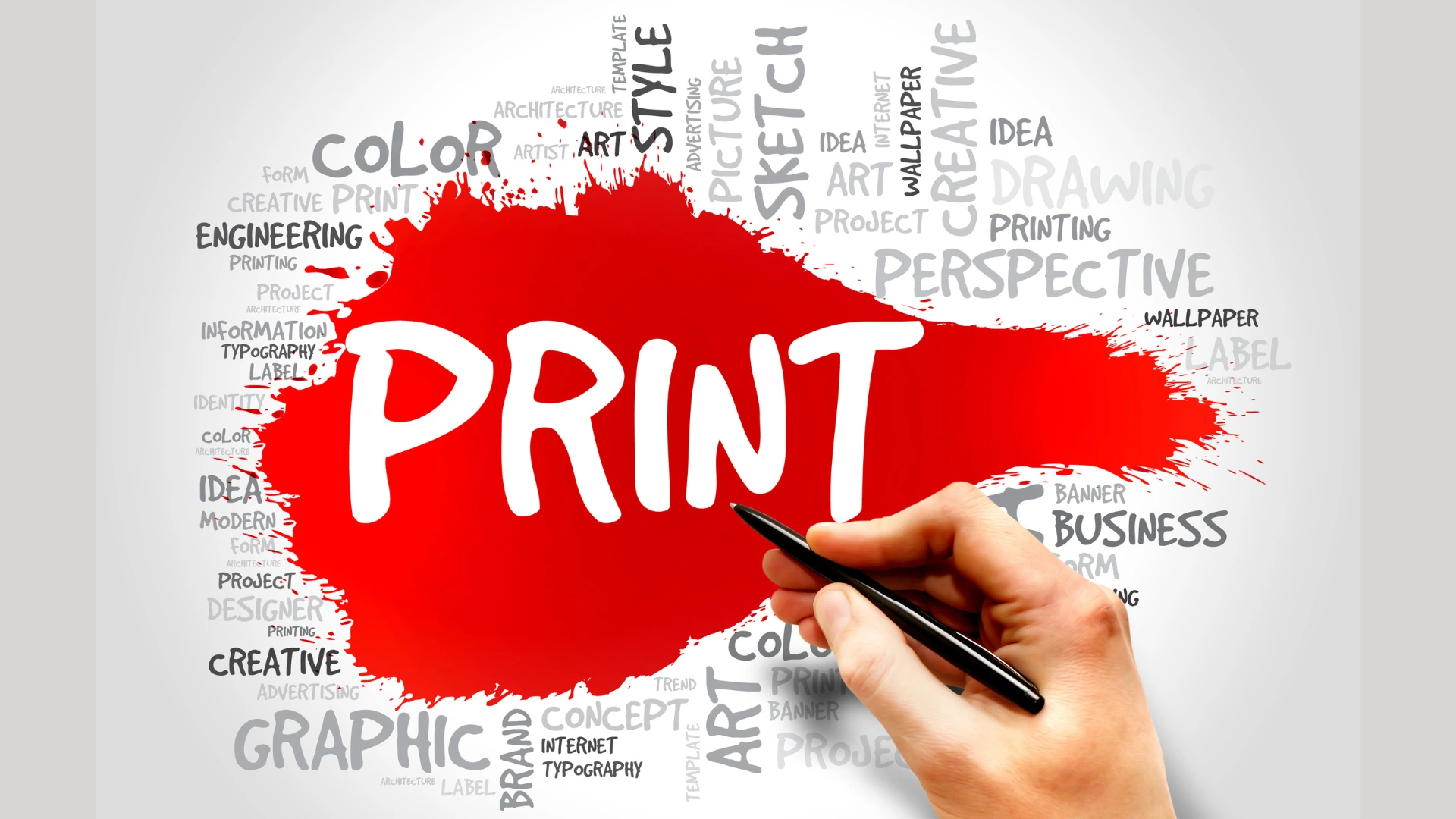20 October 2020
Why Print Needs to Jump on Board the eCommerce Bullet Train

Why Print Needs to Jump on Board the eCommerce Bullet Train
The demand for printed products in all their myriad shapes and forms will return to its natural level when the great disruptor of Covid-19 has abated, but – and it is a big one – what will never be the same again will be how it is specified, ordered and produced.
A recent economic report from eMarketer provides a reference for being able to confidently make this bold statement. It estimates that from a global retail market of $25tn (£19.4tn) in 2019 – an increase of 4.5 percent on year-on-year – that $3.5bn (£2.7tn) was made up by eCommerce.
This startling and vitally important figure though is that it was rise of 20.7% year-on-year, and that with the Covid-19 Pandemic accelerating the trend, it will reach in excess of $5tn (£3.9tn) by 2021. (Source: Global eCommerce 2019 report – emarketer.com)
Kelvin Bell, Sales Director for Vpress puts into focus why these figures are so critical for the print industry and will ultimately play a major part in defining its future and the way its sector organisations do business: "Digital transformation has been around for quite some time; we have been witnessing that since before fax machines gave way to the internet. We use technology to move forward."
Kelvin continues: "By default purchasing has changed, we are led by our customers and they are buying things differently. They are leading, we are following and meeting the demand of the market. In the B2B sector large and medium organisations are using online eProcurement. That brings a huge number of opportunities where you can engage with customers in digitally.
"What do they want to do? They want to be able to order online, 24/7 365, no matter what the time zone is. And if you're the printer providing those items it is a huge opportunity, you are also more closely tied into the customer."
Kelvin adds: "For the B2C sector, you are again servicing the needs of the market. If they want something personalised and you have a digital press, then you can put ink on paper and again it increases the number of sheets you are bringing through into production."
Indeed, analysis from Statista highlights that eCommerce will make up a staggering 22 percent of the retail market worldwide by 2023 after factoring in its acceleration due to Covid-19.
What makes this such a fundamentally important trend for the print industry is that buying habits are changing, and those habits will cross over from consumer to business purchases. You expect to be able to order your shirts online at 22:00 in the evening and have them delivered the next day, the expectation of the print industry will be no different.
(Source: https://www.statista.com/statistics/534123/e-commerce-share-of-retail-sales-worldwide/)
Fundamentally this means that Web-to-Print platforms and the pursuit of workflow automation will be a cornerstone upon which the print industry will be able to rebuild itself to meet new patterns of demand both during and after the current level of business disruption subsides.
Web-to-Print: an engine to adapt and grow
A direct example to highlight the relevance to print in a real-world setting is Amazon. It started with the sale of a single printed book, and that was the start of a seismic event that would see it grow to become a $1.14tn (£900bn) company by 2020.
It founded its growth on using Web-to-Print and capturing the available market share in the eCommerce book sector before branching out. The point was proven then, and it needs to be heeded now, by every single print business operating today.
Vpress has witnessed a very significant trend of its own in this respect. It has found that print businesses that were once on the verges of exploring and trying to understand the application of online print systems, engines or bespoke software are now moving as quickly as possible to follow the mass exodus towards cloud-based print procurement.
"This process can seem daunting, but it isn't" continues Kelvin, who adds: "You have to look at it as though a strategy, it's changed, and change is difficult and the older we get the harder it is. But if you have a strategy it has to answer; are you meeting the demands of the customers you have now? Are you targeting the business to go for a particular market?
"Whether it is B2B or B2C, the software and workflow are fundamentally the same, but you really have to approach using Web-to-Print engines quite differently. The first requires a much more fundamental engagement with your client, and the other is about online strategy and understanding where you are in the market."
Kelvin adds: "The idea of a really good Web-to-Print system is that it is going to grow and encompass your expectations, as well as meet your customer's demands. Ultimately what Web-to-Print should be doing is giving you efficiency, scalability and profit.
"The initial set-up cost is just one part of it, you have to make sure you choose the right provider and make the right decisions early on in the process."
Bring your customers closer
The advice from Vpress is clear, unnecessary manual tasks such as keying in customer requirements for stock products must be removed from print businesses. The online print engine provider's core philosophy – one that is being proven out in the market – is that automation will enhance profitability and make it more fluid to get orders from the customer.
Kelvin continues: "You may only be running your presses from 8am to 6pm, but if you have a Web-to-Print front end that is firing into an automated system, then your shop is open for business 24/7.
"You just get in there in the morning and the jobs are ready to print. If those jobs are already optimised to go straight on to the press, and through to delivery, then all of that is going to benefit the scalability, efficiency, accuracy and profitability of your business."
The final key to unlocking the potential of Web-to-Print technology – and joining the eCommerce revolution before it is too late – is that the online ordering and specification of print does not distance you from your customer. Far from it. It makes their working life easier day-to-day as they use platforms such as Coreprint Web-to-Print from Vpress to quickly and efficiently order what they want – without having to pick up a phone or write yet another arduous specification email.
Kelvin concludes: "Online print engines bring you closer to the customer because you make their life easier. The personal relationship with them can then be built up directly outside this transactional space, in fact it gives you more time to focus on understanding your customers' businesses, and ultimately delivering them more value."
Extrapolating out current market trends, researchers at Nasdaq have estimated that by 2040, around 95 percent of all purchases are expected to be via eCommerce. The key here is the word 'all'. So, the question you should be asking yourself is: Why wait any longer to get on board with eCommerce?
(Source: https://www.nasdaq.com/articles/uk-online-shopping-and-e-commerce-statistics-2017-2017-03-14)


